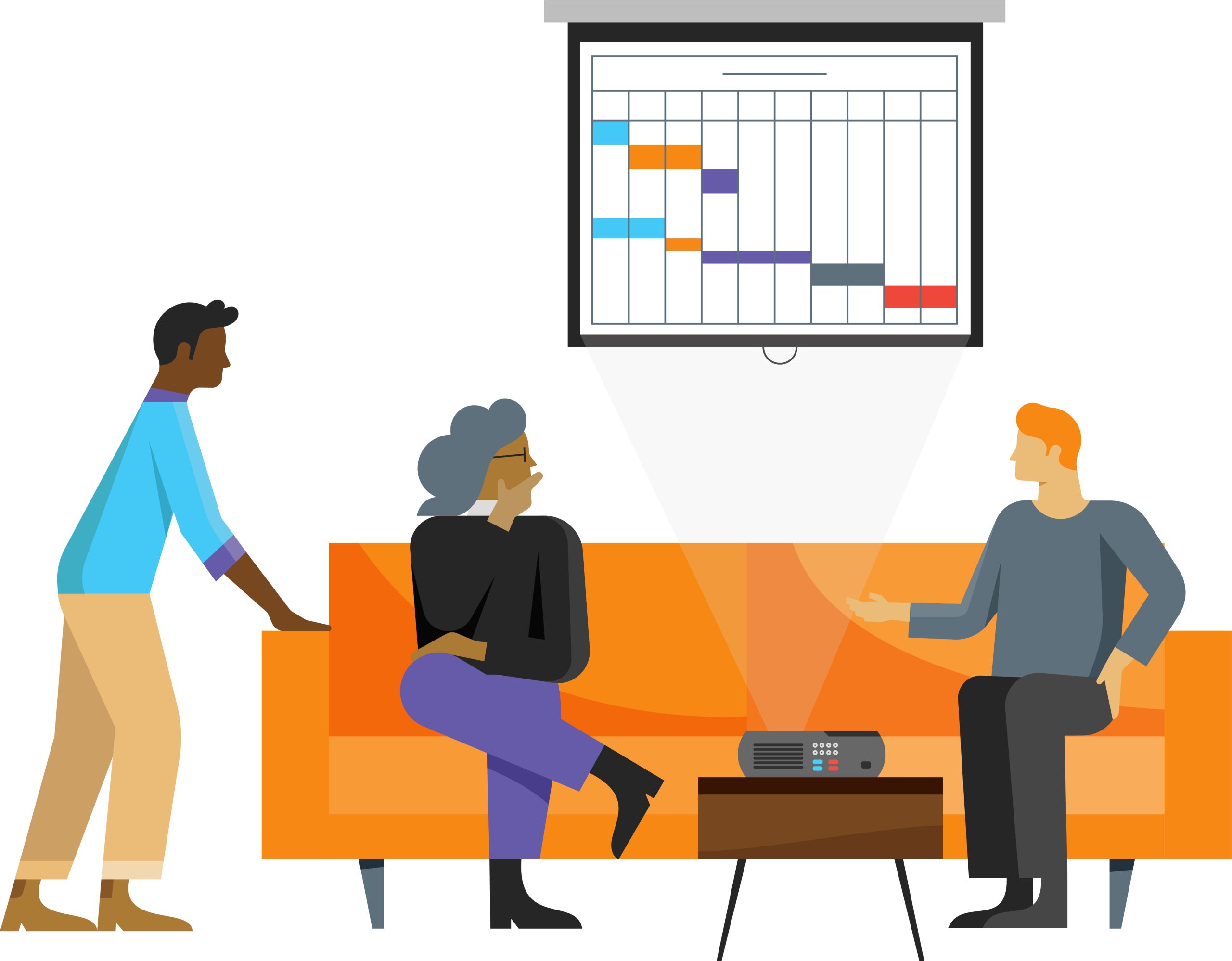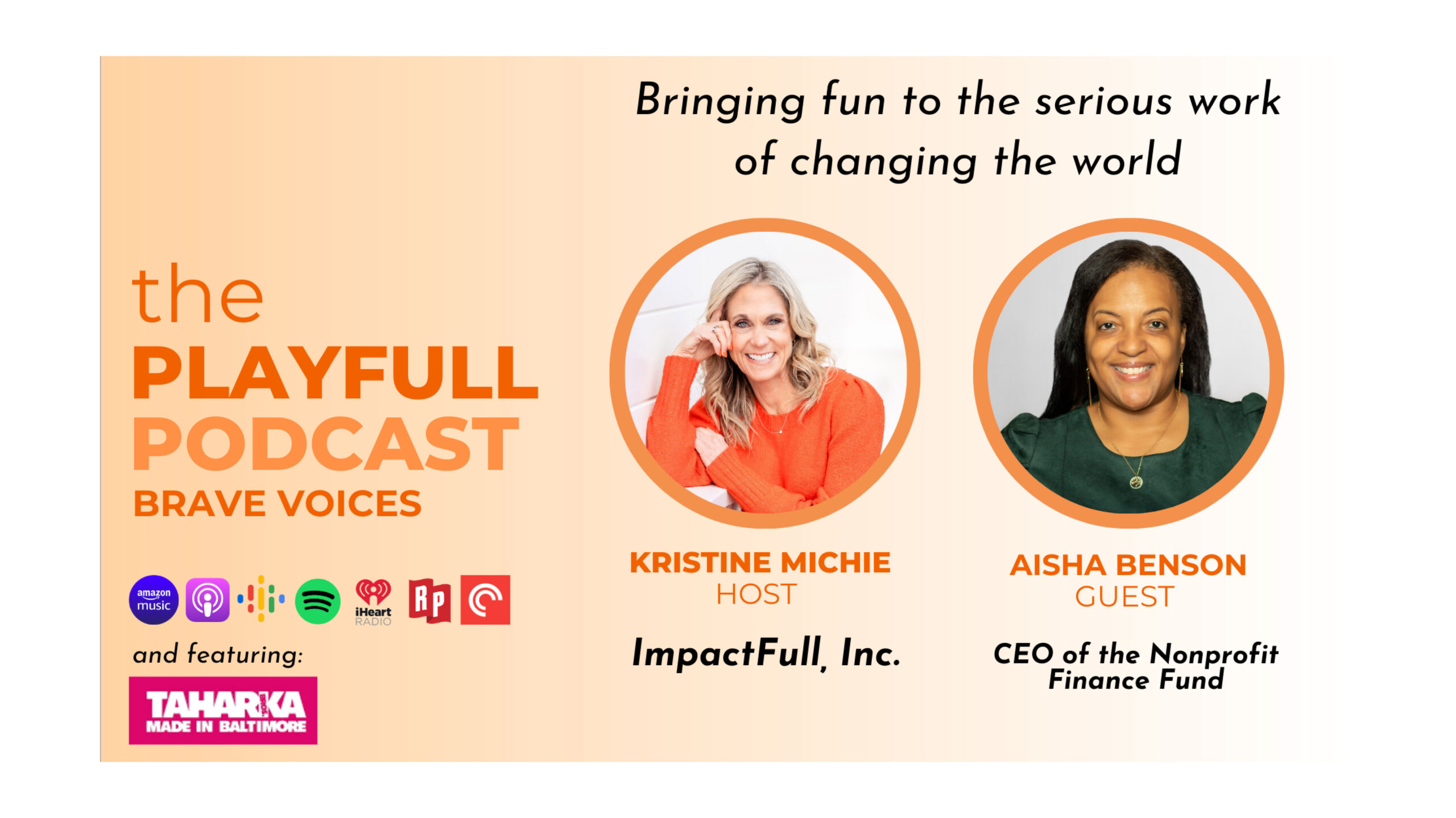As technology continues to rapidly evolve, digital humanities organizations have been at the forefront of innovation in humanities. They use technology to improve education and scholarship. And they find new ways to preserve stories, voices, and digital creations.
In June 2020, NFF kicked off a project to support a cohort of digital humanities organizations by deepening and strengthening their financial resilience and adaptability. With more people operating in digital spaces than ever before, the work of digital humanities organizations is crucial for developing, preserving, and sharing cultural artifacts, representations, and scholarly work for generations to come.
Following is an interview with Samip Mallick, executive director of the South Asian American Digital Archive (SAADA), about the unique dynamics that digital humanities organizations face – and how a change capital grant has catalyzed opportunities for growth.
Digital humanities is a broad term and field – how do you define it?
I think of digital humanities as a way to harness the power of the digital medium to change the way that people see their place in the world and the way that they understand the past, present, and future. I have a background in computer science, information sciences, and history, educationally and professionally. For me personally, I don’t see as much of a distinction between digital humanities and traditional humanities. I see digital humanities as just another tool to get the job done.
In your own words, can you share a little bit about what your organization and what it does?
SAADA is a community-based culture change organization. We’re working to ensure that South Asian Americans are included in the American story. I helped found the organization about 14 years ago recognizing that stories from our community of more than 5.4 million South Asian Americans weren’t being systematically collected or preserved by other institutions, archives, or museums. My fear was that not only were our community stories not being heard, but moreover, that they were in danger of being lost entirely. SAADA has been collecting and preserving South Asian American stories and histories, but also working creatively with artists, journalists, filmmakers, scholars, educators, and community members to bring these stories and materials to life, make them relevant to our conversations today, and share them with the public.
Can you tell us a story that shows us how your work impacted a person, organization, or community?
The story I often share when asked about SAADA’s impact is based on the research that’s been conducted by our co-founder, Dr. Michelle Caswell (she’s currently a professor of archival studies at UCLA). There’s a term called symbolic annihilation, which describes the impact it has on communities that see themselves misrepresented or not represented at all in the media or in the archival record.
Michelle’s research looked at how individuals and communities have been affected by symbolic annihilation as well as the opposite of that – what it’s like to begin to see yourself reflected in media and in the archival record. As someone who is South Asian American myself, and for many South Asian Americans, this work is the first time we have seen ourselves and our history reflected in any meaningful way.
As part of Michelle’s research, she interviewed a number of people who use SAADA’s archive and have interacted with its materials to ask them about the impact it has to see themselves in our work. There’s a quote from one of the respondents that stuck with me because it’s so powerful. They said, “To see yourselves in the archive is to suddenly discover yourself existing.” That’s how I certainly feel and have felt about our work, as well. For me, being able to do this work, learn these histories, and see myself reflected has been incredibly transformative. And that’s the impact and the effect that I hope SAADA can have for our community.
What are some of the unique challenges that digital humanities organizations face compared to other humanities and culture organizations?
One challenge is the lack of recognition about the time, labor, and effort that goes into creating digital content. Just because something doesn’t have a physical form doesn’t mean it’s less work. Thinking specifically about SAADA’s work, the items in our digital archive represent meaningful and ongoing relationship with members of our community. There’s incredible effort that goes into building those relationships, and then digitizing, describing, and preserving the materials to make them available to the public.
Another challenge is pushing back on the assumption that anything digital is easy to scale – that if something works well on a smaller scale, we must be able to replicate and magnify it immediately. But the time, energy, effort, and care that goes into building relationships with the community is not easily scalable. And ultimately those relationships and the trust from the community we serve are fundamental to the work and long-term success of community-based organizations like ours.
Starting in June of 2020, our team at NFF got to work with you on strategic financial management. Can you share a little bit about your experience diving into your organization’s finances and looking more closely at things like business models and full cost?
Working with NFF was incredible for us because, as a small organization, often we’re so focused on the day to day, week to week, month to month, that we don’t get the opportunity to sit down and look at where we are as an organization and plan for the future. Being able to think about the big picture along with collaborators who have substantial experience doing so was incredibly powerful for us and really did change the way we thought about our organization’s growth and sustainability.
What was most formative for us was an early conversation where we were encouraged to think big and not let our previous limited capacity or past experiences guide our vision for impact. It flipped the way we thought about our work, from saying, “We can’t do this because we don’t have capacity,” to letting our vision guide our need for capacity.
Were there any surprises or “aha” moments that came up during this work?
As we were thinking about SAADA’s business model, we realized that our biggest strength was there for us all along: our community of supporters. We have thousands and thousands of people who have made financial commitments to SAADA over the years – fifty dollars, one hundred dollars, sometimes larger – to support our organization’s work. For the last 14 years, that’s primarily how our organization has thrived. When we were thinking about our business model, we realized that instead of changing our approach, we needed to embrace what was working so well for us and build the capacity organizationally to be able to expand that community of supporters and broaden our reach and our impact.
What are your plans for the change capital grant that you received from The Andrew W. Mellon Foundation?
Like many community-based, grassroots organizations, we have primarily found ourselves limited not by our vision, but by our capacity. We are driven to do the work that we’re doing because we believe it’s going to make the world a better place. What stops us from being able to do that fully is not having the finances, staff, and other resources to be able to work towards those goals. That’s often what’s standing in our way – not the ideas, not the vision, not the creativity.
In our proposal, we made the case that to break the growth ceilings we had been encountering, we needed to simultaneously invest in the three pillars of nonprofit growth: programs, fundraising, and administration. Over the five-year deployment of the $1 million capital investment from Mellon, we will be building staff capacity in those three areas, hiring two development staff members, two program staff members, and one administrative staff member. We have a clear vision and roadmap for how that additional capacity will translate into financial and organizational sustainability and adaptability going forward.
What have you learned from this initiative that you would like to share with other digital humanities organizations?
The idea of full costs is really powerful and one that I would certainly share with other community-based organizations. Like many organizations, we tended to undervalue the time, labor, effort, and unique expertise that we bring to our work. Thinking about full costs helped us recognize the value of our contributions and rethink how we would approach future opportunities.
What about requests for funders? How can they support organizations like yours with the right kinds of capital?
There’s the saying that it takes money to make money, and that’s certainly the case with nonprofits, as well. Smaller organizations just don’t have access to the databases, the software, and the staff that it takes to be able to field competitive grant applications. The amount of time that goes into applications is time taken away from the work of the organization, which can be really challenging – especially if they ultimately don’t get funded. Even now, I have to determine if it’s okay to spend 40 hours working on an application when there are other things I could be doing to build sustainability for the organization. Funders should recognize the real impact that the application process has on applicants.
There is also a real need for unrestricted capital. Most of the grants available are for programs, which are important of course. But if the goal is to build more sustainable organizations in the long term, there’s nothing better than unrestricted capital that allows us to do that. That’s why this opportunity with Mellon is so powerful. It’s an investment that we’re going to be able to turn into something much bigger because it allows us to focus our resources directly into what we need as an organization to grow.
This blog is part of a series of conversations with leaders of digital humanities organizations about their experiences at the forefront of innovation in humanities as well as how change capital grants catalyzed opportunities for growth. Read more:
- Zachary Kaplan of Rhizome
- Kathleen Fitzpatrick of Humanities Commons
- Mills Kelly of the Roy Rosenzweig Center for History and New Media
- Sandra Phoenix and Tina Rollins of HBCU Library Alliance
- Mike Furlough of HathiTrust


